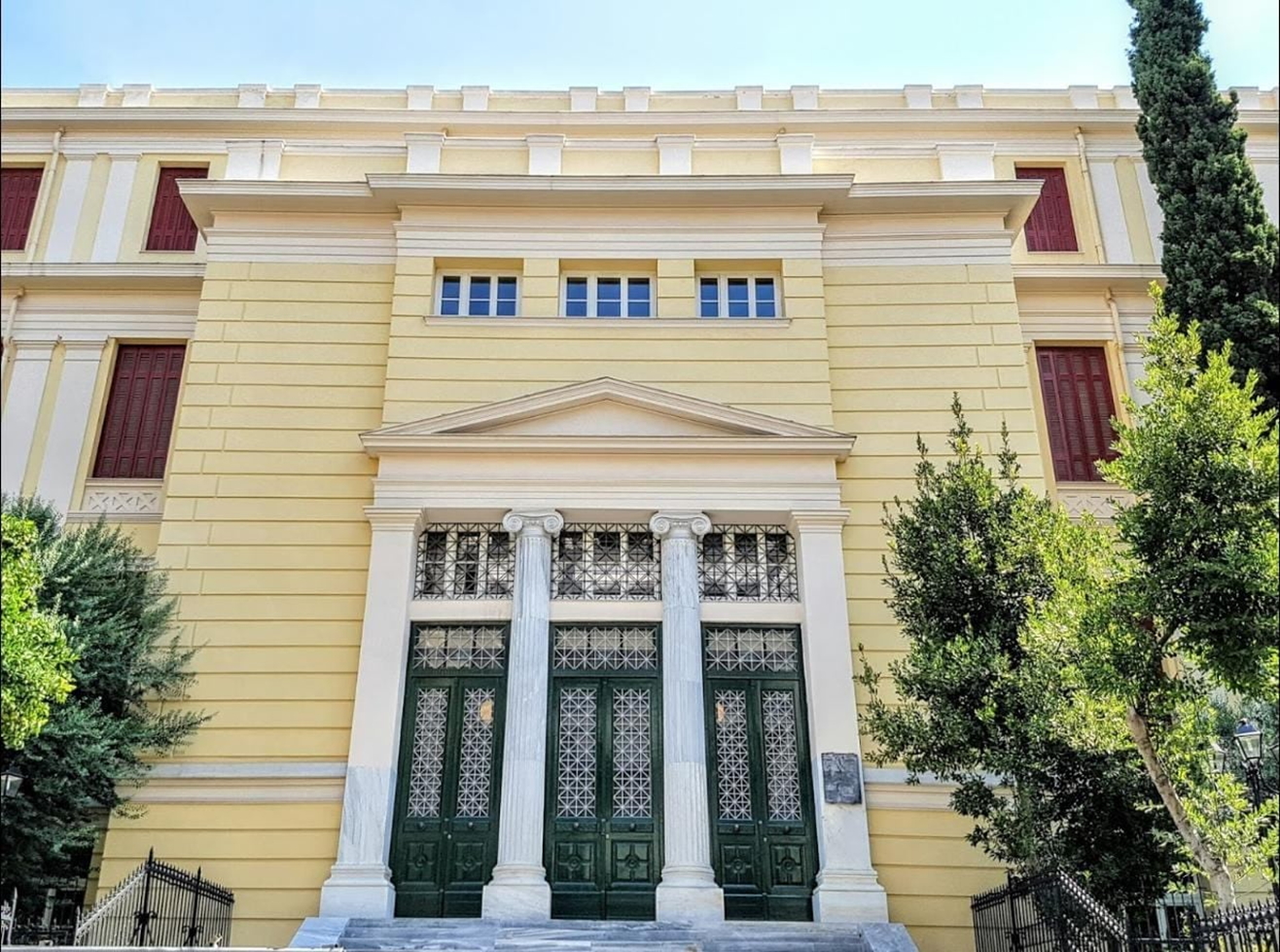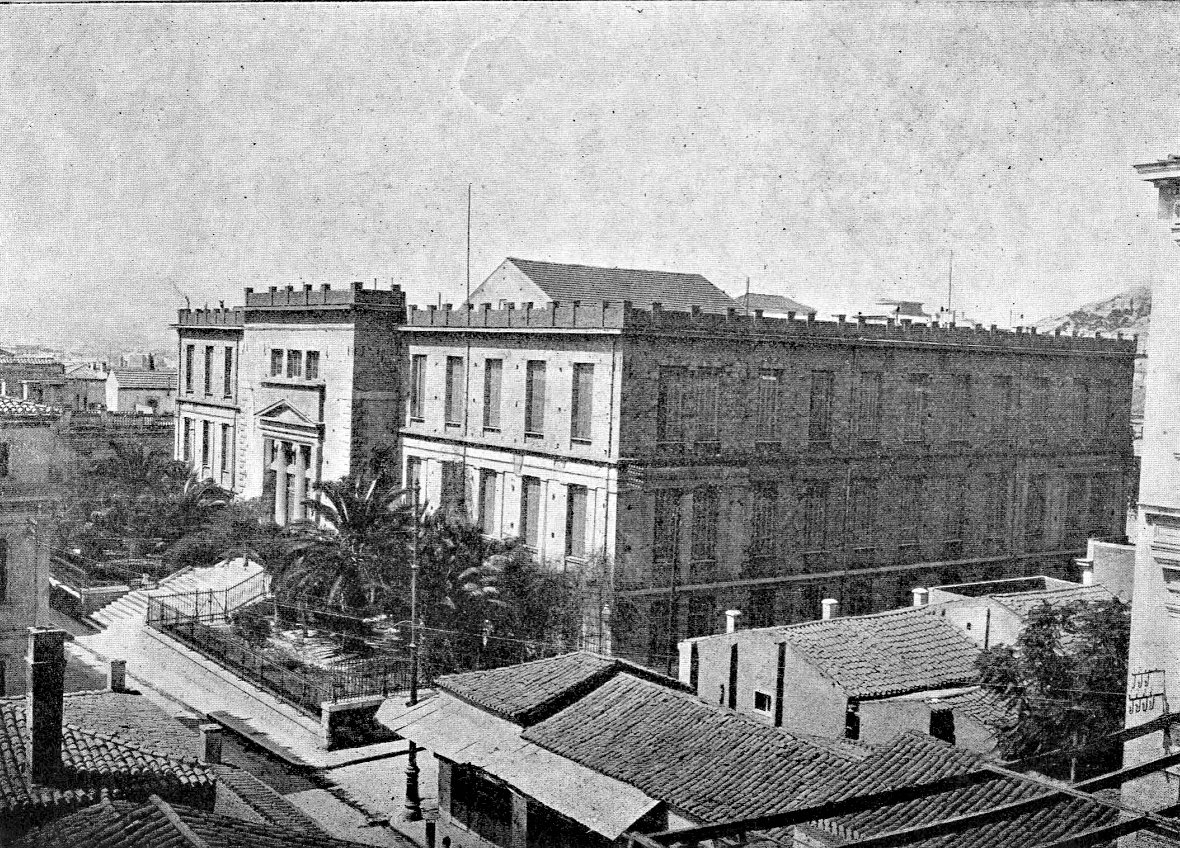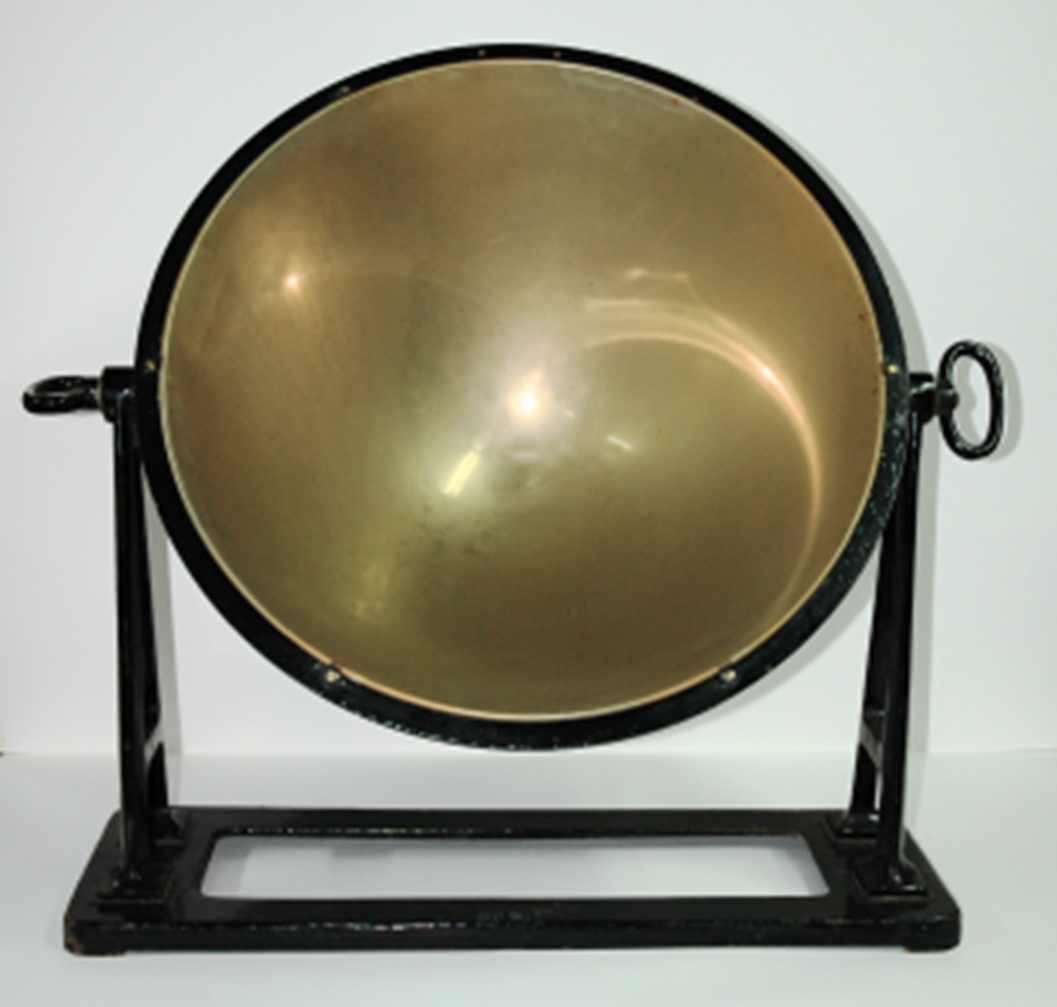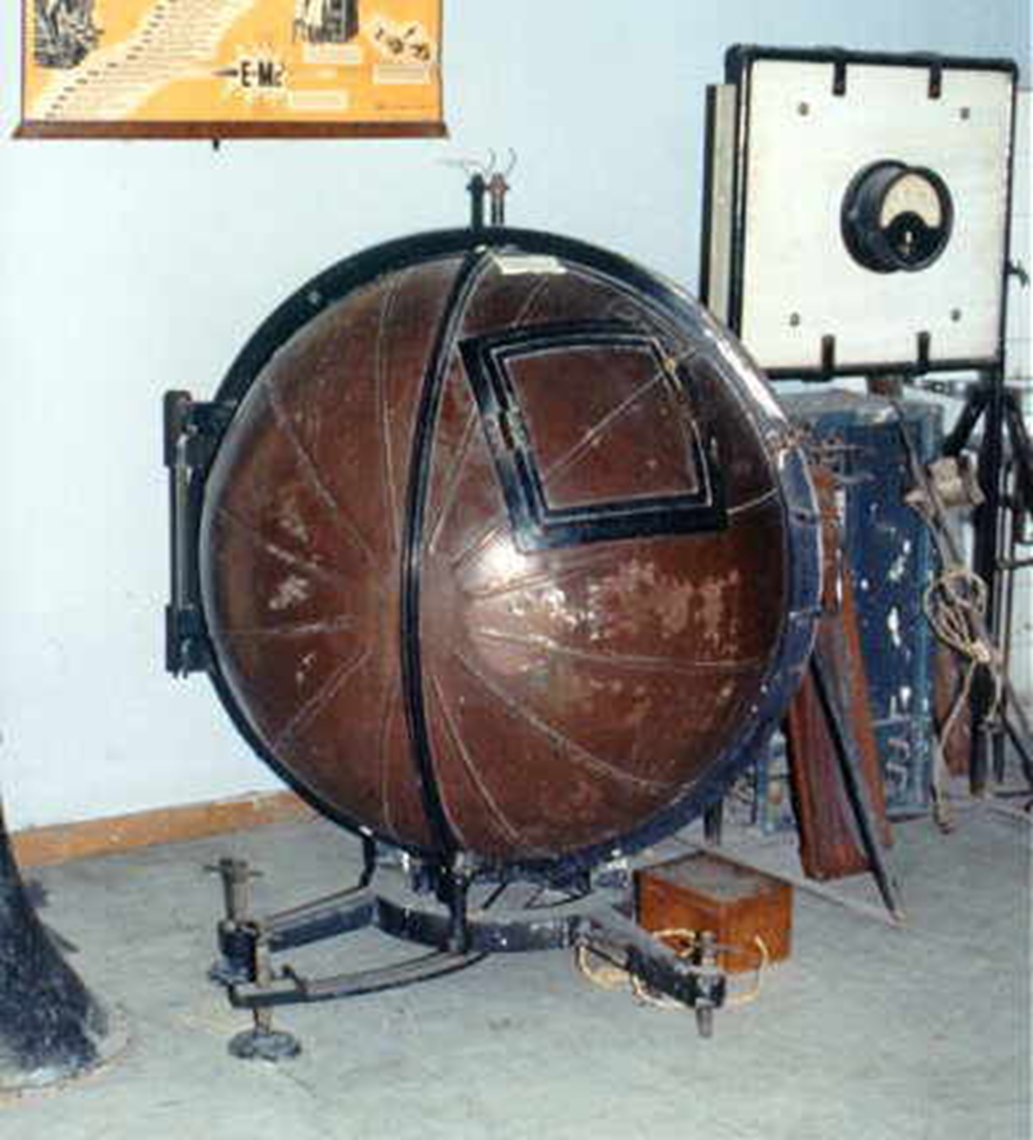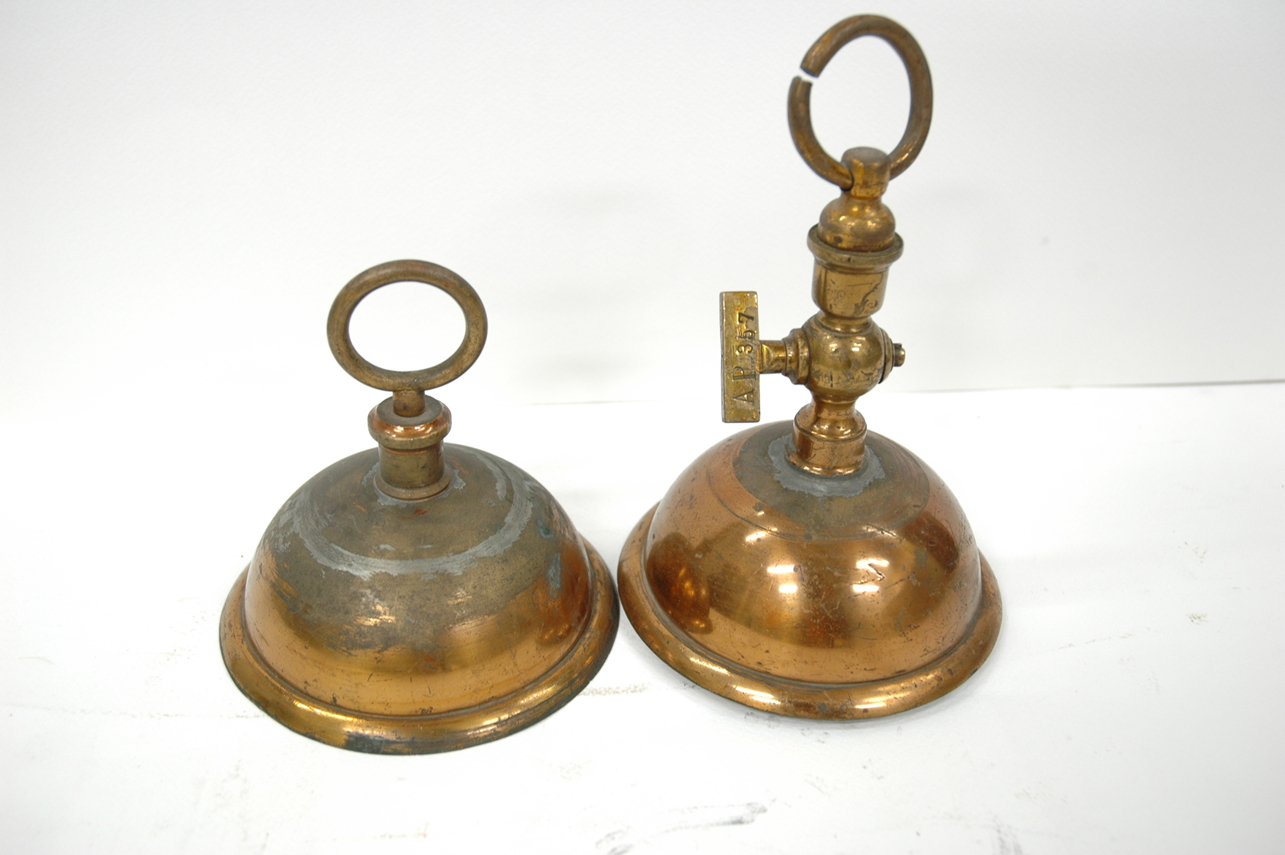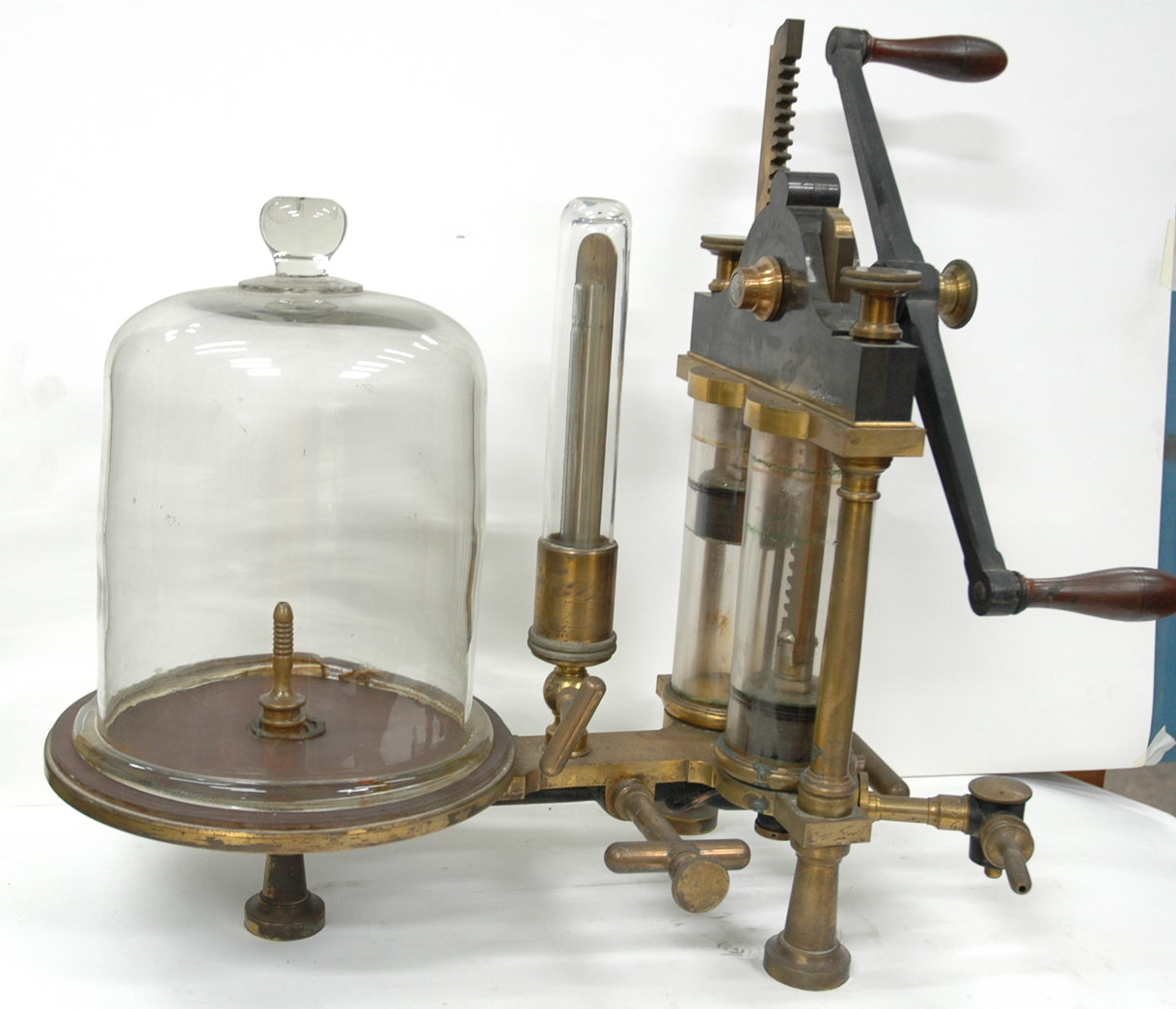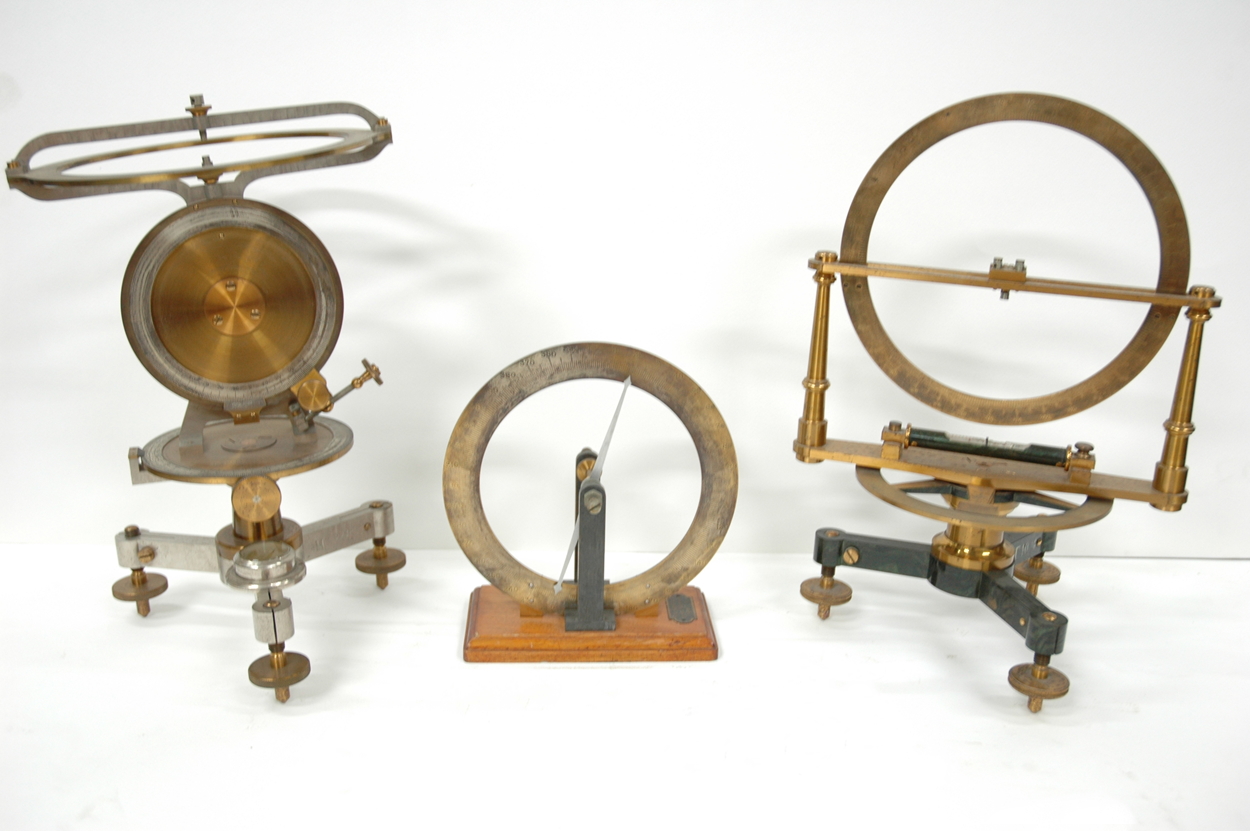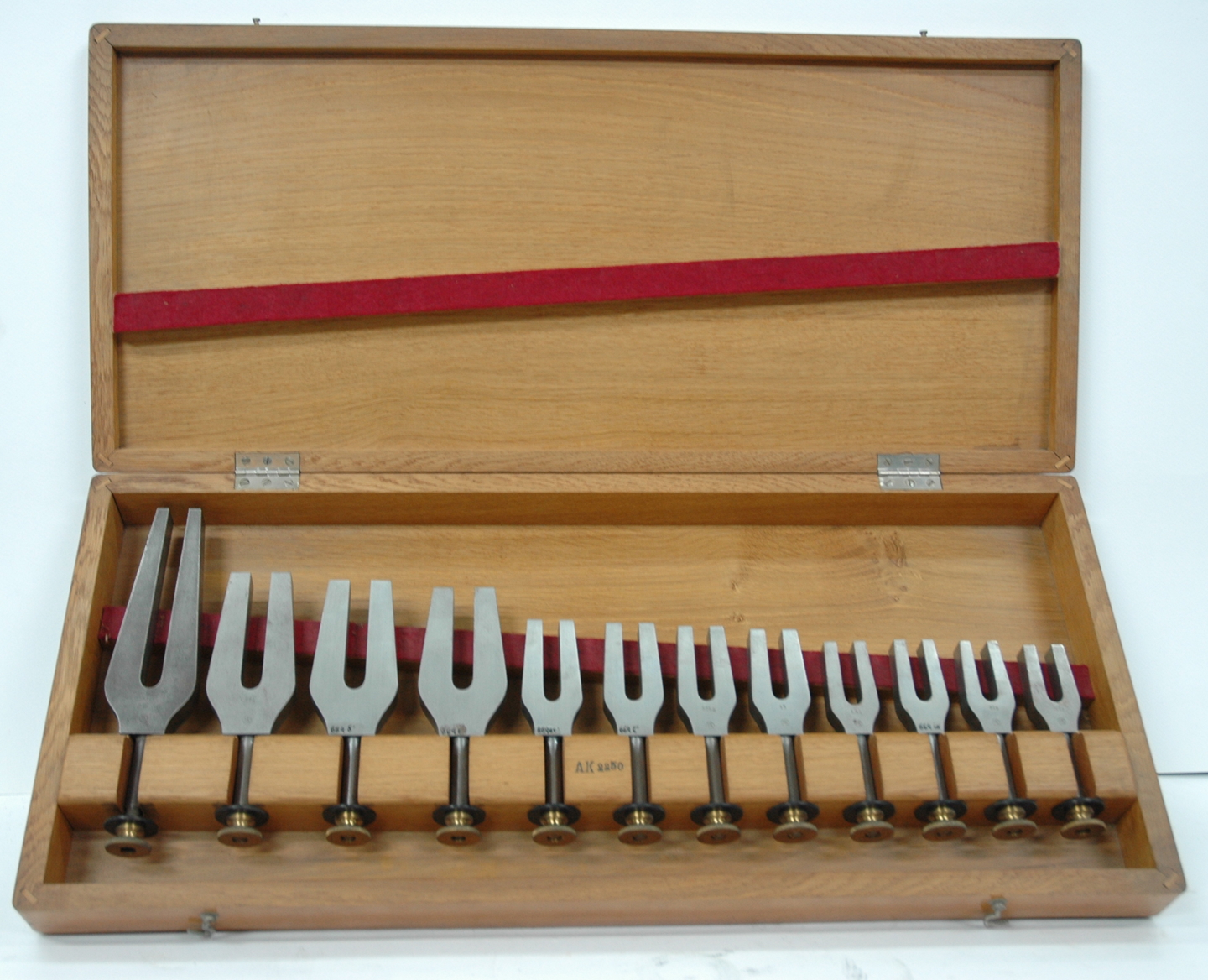Identity
The Museum's mission is: 1. To preserve the Museum's entire scientific instruments' collection in the Old Chemistry Laboratory. 2. To organize, operate, and continuously expand the displays which exhibit the historical development of Natural Sciences and Technology from antiquity to the present day. 3. To contribute to the education of all levels regarding the achievements of Science and Technology 4. To constantly monitor and study the advancements in Natural Sciences and Technology. 5. To continuously update the researchers, students, and interested public on the progress and fundamental role of Natural Sciences and Technology in the country's economic and cultural development. 6. To devise educational programs in collaboration with cultural, public, and private institutions. 7. To prepare research and educational studies for students and organize visits, guided tours, experiment demonstrations, and lectures. 8. To organize and support cultural and socially relevant events at the Museum. 9. To explore international affiliations and activities and participate in interconnected networks. 10. To create a modern digital - virtual museum, utilizing all the currently available means. 11. To conduct scientific lectures on scientific issues or popular science.
History
The Museum of Natural Sciences and Technology belongs to the Science School of Athens's National and Kapodistrian University. It is housed in its proper place, the building of the Old Chemistry Laboratory on Solonos 104. The collection of its instruments began as early as 1838, under the name "Instrument Fund." The Museum building is inseparably linked to the development of Natural Sciences in Greece. It was founded on June 6, 1887, by the Rector Georgios Karamitsas, who placed in the foundations a glass cylinder containing a Greek gold coin and the inscription: "dedicated to scientific work which is dedicated to the homeland." The building, ground floor and first floor, was erected according to the 1885 design of German architect Ernst Ziller, with the collaboration of the Berlin Chemistry Laboratory architect, Zastrau and the famous chemist Albert Hoffmann's approval. The courses began in the Great Amphitheatre on January 18, 1890. After the August 1911 fire, the building was promptly restored, the second floor was added in 1916, and a third floor was added in 1926. The large amphitheater of the Old Chemistry Laboratory is a wonder of acoustics and expert slope design, with a seating capacity for 350 people. It was used for teaching until 2006, equipped with the appropriate infrastructure for carrying out experiments. The Old Chemistry Laboratory building is unique and has been inseparably connected to the history of natural sciences in Greece. It is the building where the University Education of Natural Sciences began in Greece. That's why it is the most suitable space for a museum, architecturally, historically, and scientifically. In addition to the School of Physics and Mathematics, the building housed in the past the National Chemistry Laboratory, the General State Chemistry Laboratory, the National Bureau of Weights and Measures, the Geodetic Committee, the Thalassographic Society, the Naturalists' Society, the Botanical Museum, the Friends of Wireless Radio and the Greek Astronautical Society. In addition, the first university winery operated in the building and the first Roentgen ray generator in 1897, two years after its discovery. Prominent science people taught at the great amphitheater, such as the founder of the Chemistry Laboratory Anastasios Christomanos, Konstantinos Karatheodori, founder of the modern physics laboratory Georgios Athanasiadis, professors Dimitrios Chondros, Mattheopoulos, Zeggelis, Leonidas Zervas, and Caesar Alexopoulos. The historical building of the Old Chemistry Laboratory housed the Museum of Natural Sciences and Technology, where thousands of scientific apparatus and instruments were exhibited, most of which are rare, even unique, and most of whom are in working condition.
Types of audiences
The Museum, its collections, activities, and assistance are addressed to students of all levels, teachers, university students, researchers, and the public interested in natural sciences, technology, and education.
Collections & Exhibitions
The Museum's rare exhibits include: • instruments from the National Bureau of Weights and Measures, • standard sizes, • the first Roentgen ray generator in Greece (since 1897), • the high-frequency electric voltage generator (Alexanderson) of the wireless that connected the Chemistry Laboratory with the army during the Asia Minor expedition, • the secret transmitters used during the Occupation, • the radar of the Chemistry Laboratory, • the Ramsden Machine, similar to the one Rigas Feraios describes in his book "Notes on Physics" in 1790, • the radio and radar antennas on the roof of the building, • rare instruments of physics, chemistry, and applications, • instruments from the University of Smyrna, as well as • the concave mirror for the lighting of the Olympic flame. Moreover, the Museum's library stores rare books and scientific journals. These include many books from the University of Smyrna and its archive rescued and preserved by Konstantinos Karatheodori.
Events & Activities
The Museum is in the process of relocating to its proper location in the Old Chemistry Laboratory, and its collections have been transferred back to the building from the warehouses of the Panepistimiopolis-Campus where they were stored. As soon as the relocation process is completed, the Museum will plan events with physical presence or online, aspiring to accomplish its mission. Periodic exhibitions are programmed integrated into the current events or the commemorations of scientific, national, or global achievements.
Accessibility
The Museum of Natural Sciences and Technology uses the Old Chemistry Laboratory facilities. Physically challenged people have access to special ramps and lifts.
Operation
The Museum is in relocation process and until it is completed there are no fixed opening hours.
Director: Dr. Chrysoleon Symeonidis, Department of Physics.
Decision of Establishment
D' 995/11-12-1998, Β ́47/28-01-1998.

